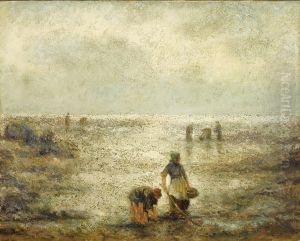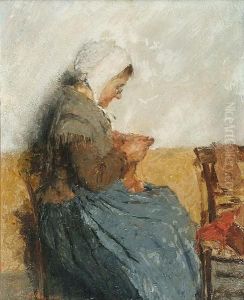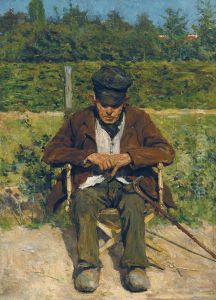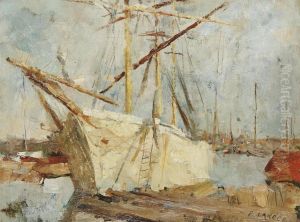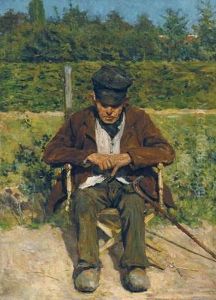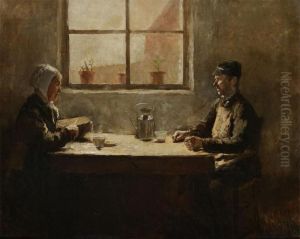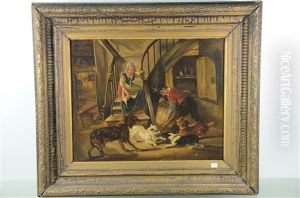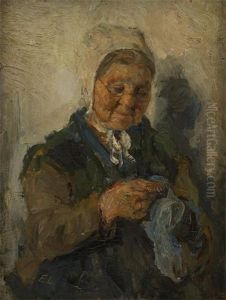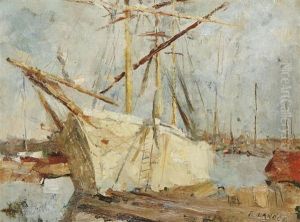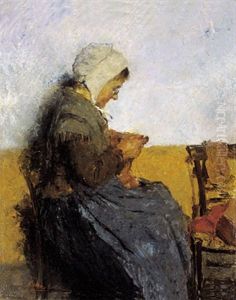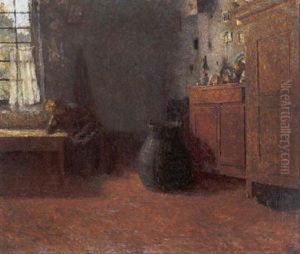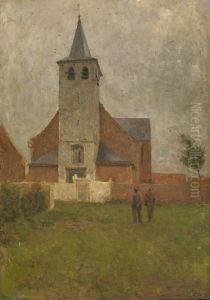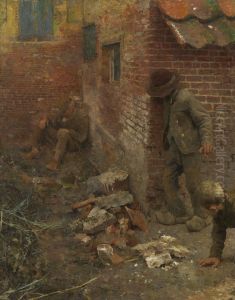Evert Larock Paintings
Evert Larock was a Belgian painter born on February 10, 1865, in Dendermonde, Belgium. He was one of the lesser-known artists of his time, overshadowed by more prominent figures in the Belgian art world. Despite this, Larock made significant contributions to the art scene of his country, particularly within the Impressionism and Realism movements.
Larock's early life and educational background remain somewhat obscure, but it is known that he was passionate about art from a young age. He pursued his artistic training at the Royal Academy of Fine Arts in Antwerp, where he was influenced by the works of the Flemish Old Masters. During his time at the academy, he developed a keen sense of observation and a meticulous approach to painting, which would become hallmarks of his later work.
His paintings often depicted rural life and landscapes, subjects that were quite popular among Belgian artists of the period. Larock's style was characterized by a harmonious use of color and a gentle, often poetic, representation of his subjects. He was skilled in capturing the effects of light and atmosphere, which added a sense of immediacy and realism to his compositions.
Despite his talent, Evert Larock did not achieve widespread recognition during his lifetime. He lived a relatively short life, dying prematurely at the age of 36 on January 22, 1901. His untimely death meant that his body of work was limited, yet those who discovered his paintings often appreciated the quiet beauty and sensitivity he brought to his depictions of the Belgian countryside.
After his death, Larock's work received some posthumous recognition, and he is now considered an important figure within the context of Belgian art at the turn of the 20th century. His contributions, particularly in terms of technique and subject matter, have earned him a place in the history of European art, albeit as a modest one compared to some of his contemporaries. Today, his works can be found in various art collections and museums in Belgium, where they continue to be appreciated by art lovers and historians.
